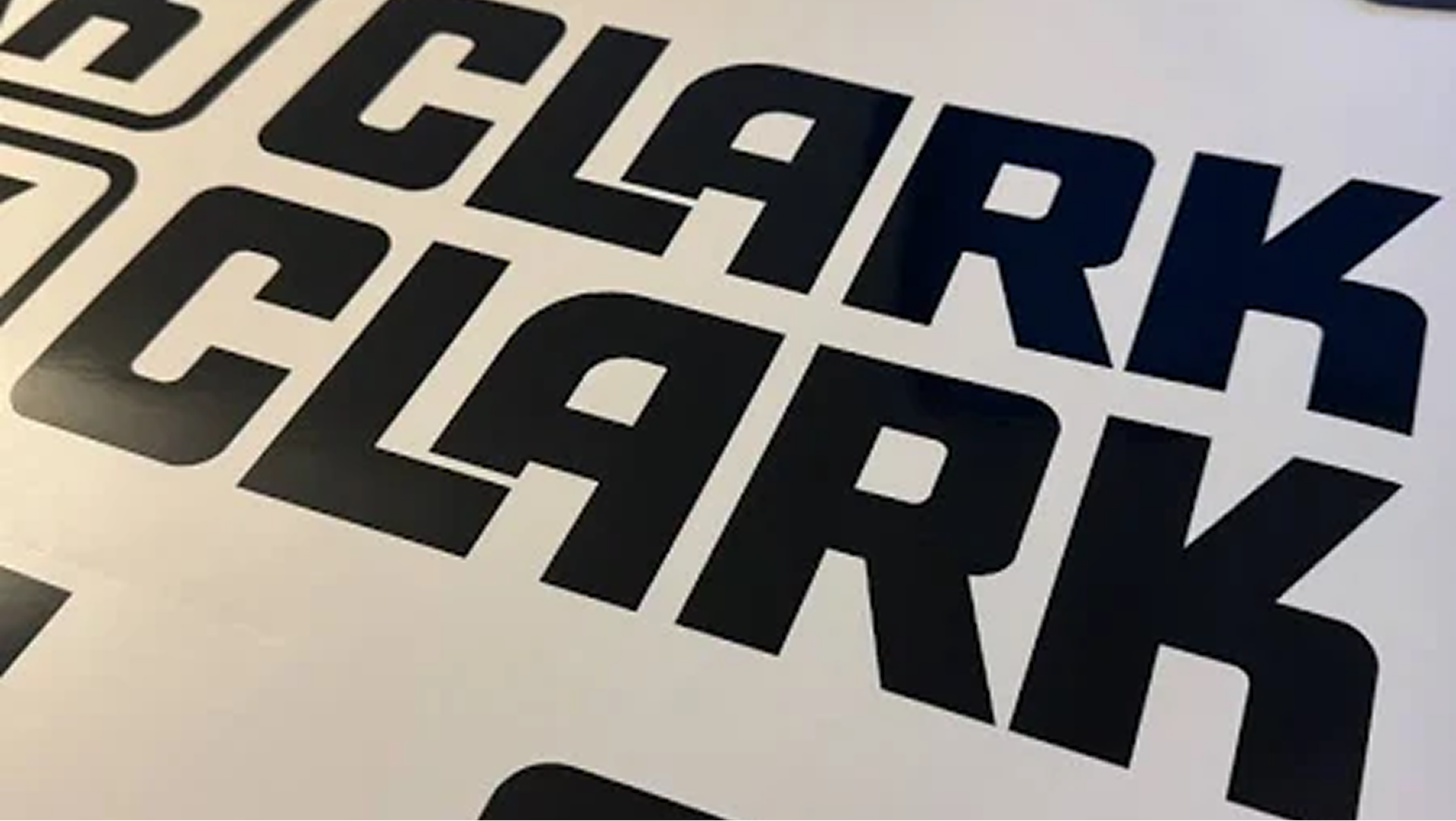We move through a world built by invisible hands. But once you notice them — really notice — it’s hard to unsee.
C
an you pinpoint the exact moment you realized that every single thing around you — every chair, every screen, every button, every font — has been designed by another human being?
Graphic designer and Pentagram partner Michael Bierut can.
“I must have been no more than five or six years old. I was in the car with my father on a Saturday on my way to get a haircut. We were stopped at a light, and my dad pointed at a forklift truck parked in a nearby lot.
‘Isn’t that neat?’ he asked.
‘What?’ I said.
‘Look at the way they wrote Clark.’
Clark was the logo on the side of the truck. I didn’t get it.
‘See how the letter L is lifting up the letter A?’ explained my father. ‘It’s doing what the truck does.’
It was as if an amazing secret had been revealed, right there in plain sight. I was dumbfounded and thrilled. How long had this been going on? Were these small miracles hidden all over the place? And who was responsible for creating them?”

Maybe you’ve had a moment like this, too. Maybe it was spotting the hidden arrow in the FedEx logo. Maybe it was the burst of euphoria you felt realizing the new dress you bought has hidden pockets. Or maybe, like Instagram’s Head of Design Ian Spalter, it was noticing that your toaster’s “A Bit More” button wasn’t just functional — it was considerate, reflecting true human experience. Citing this kitchen appliance as an example, Spalter observes, “Design is everywhere. There’s nothing that you use that isn’t designed in some way.”
And yet, for something so omnipresent, design — and more importantly, the designers — have become nearly invisible.
The Disappearing Maker
Once upon a time, the connection between creator and creation was obvious. You bought your bread from the baker down the street. Your shoes came from the local cobbler. Your clothes were tailored by someone you knew — maybe even your grandmother.
But as centuries passed and technology accelerated, production scaled. The printing press made books available to the masses. The assembly line birthed factories. The internet unbundled space and time entirely. Today, we live in an era of mass everything — mass production, mass shipping, mass consumption — and with it has come mass anonymity.
Designers are now more faceless than they’ve ever been in history.
You can download an app, use it for months, and never once wonder who made it. You can scroll through a dozen websites in a day and never know who chose the typeface. And when someone tells you they design fonts for a living — as type designer Jonathan Hoefler has — you might blink in confusion, and ask:
“What do you mean? That’s like designing oxygen. No one designs that.”
But of course, someone did.
The Cost of Anonymity
This anonymity isn’t just a quirk of progress. It has consequences.
When the makers fade from view, so does our sense of connection. When products feel like they appear from nowhere, it’s easy to treat them — and the people behind them — as disposable.
In our pursuit of convenience, we’ve built systems that minimize interaction, streamline everything, and gently discourage the very human friction that once made us feel like we were part of a shared world:
- We order food from an app and never speak to a server.
- We check out at a self-service kiosk, never looking a cashier in the eye.
- We stream movies alone at home instead of laughing in the dark with strangers.
- We remote work, remote chat, remote everything.
- We shop, click, scroll, tap — alone.
This is the subtle tradeoff we’ve made: efficiency over encounter. Speed over presence. Convenience over connection.
Why Good Design Still Matters
And yet — this is what I love about great design: it’s a window through which we can see humanity on the other side, waving back at us.
A thoughtful button label. A tactile click. A delightful surprise in an animation. A font that feels like it was chosen, not just used. These moments break through the anonymity and whisper: Someone was here. And they cared.
Good design is more than functionality or beauty. It’s intention. It’s empathy. It’s a quiet conversation between the person who made something and the person who’s using it.
Even if the creator is a world away — even if you never learn their name — their presence lingers in the work. Like fingerprints in clay. Like a signature in code. Like the L lifting the A in a logo on the side of a forklift truck.
At Spark, it is a responsibility and a privilege that we take seriously.
The Hidden Hands Are Still There
We live in a time where it’s never been easier to forget that human beings make the world. That there are people behind the products, feelings behind the features, stories behind the services. But good design refuses to let us forget. It anchors us. It reminds us.
So the next time you open an app, read a package, or sit in a well-crafted chair — ask yourself: Who made this?
Because someone did. And if the design is good, they’re still there, waving from the other side.

